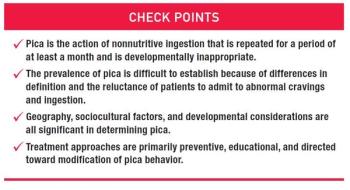
The March 27 announcement from the FDA that it is looking into a possible connection between Merck's biggest seller, Singulair (montelukast sodium) and suicidality once again raises questions about whether the agency is requiring close enough scrutiny during clinical trials of possible connections between new drugs and psychiatric effects.
